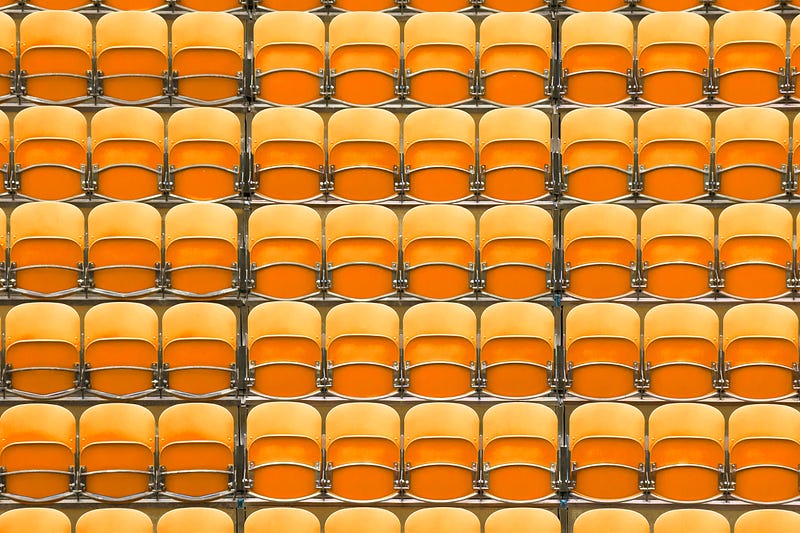The Maths Behind Football

Is there anything better than football season? The skill, the athleticism, the teamwork and camaraderie… what could make football any more thrilling?
How about maths?
We know what you’re thinking (“absolutely not”), but the truth is that maths is already a massive part of football. In fact, you’ve been doing sneaky maths all along as you keep up with the match. Don’t believe us? Let’s have a look.
Basic maths
We’ll start simple with basic operations like addition and subtraction. The most fundamental and perhaps the most obvious place this kind of maths shows up is in scoring. Each time a goal is made, 1 is added to the previous total. When you turn a match on and check the score, you know who’s winning because you compare integers and know which is the larger number. If you know how many points behind your team are, it’s because you’ve effectively subtracted one number from the other. Maths is not so scary when you think about it like that, is it?
Geometry & Trigonometry
One of the most important mathematical concepts in football is geometry. Geometry is the study of shapes and their properties — and as you might already recognize, shapes and angles are crucial to the game. From the rectangular pitch and the many shapes within it, to shape-based strategies like Tiki-Taka, there really is no football without geometry. Shapes and lines tell us what’s fair game, where the penalty area is, and so forth, all based on specific measurements.
Angles are also fundamental to footy. Think about the precise angle at which a player kicks a ball, precisely controlling the direction and destination based on the angle of his foot and the calculated trajectory of the ball. Likewise, the goalkeeper needs to constantly consider angles in order to effectively defend the goal. Coaches also use angles to develop attacks and tactics for their team.
Even the ball itself is full of beautiful geometry: Hexagons and pentagons are tessellated to form probably the most widely recognized spherical polyhedron. Not to mention it makes for a beautiful display when spiralling through the air (that’s right, maths can be beautiful!).
Advanced maths
This one might surprise you, but calculus is another mathematical concept that is heavily used in footy. Because calculus at its core is the study of change, it’s hugely helpful in analysing the movement of the ball and the players. Concepts like velocity and acceleration are foundational to understanding precise travel patterns on the pitch.
Statistics also shows up quite a bit in football. Coaches and gaffers are keeping a close eye on players’ and opponents’ stats in order to make crucial strategic decisions. Calculating odds, probability, averages, projections… there’s a lot of maths behind who’s on the pitch and why. You do the same thing when you assemble your fantasy team — so yes, you can do maths, even if it doesn’t feel like maths at the time!
Many successful football players have an instinctual understanding of geometry and other types of maths, which is what enables them to make world-class plays and wondergoals. Teams can even have mathematicians or statisticians as part of their management to help make data-based strategy calls! If all those people are successfully computing and calculating and estimating during a match, who’s to say you can’t, too?
Truth is, you probably already are.


